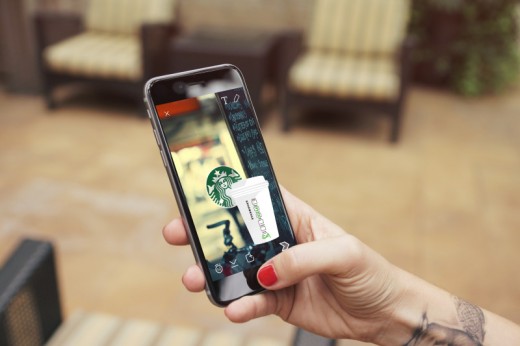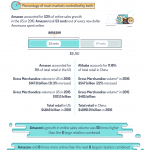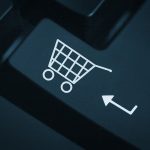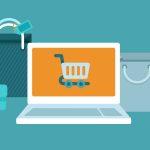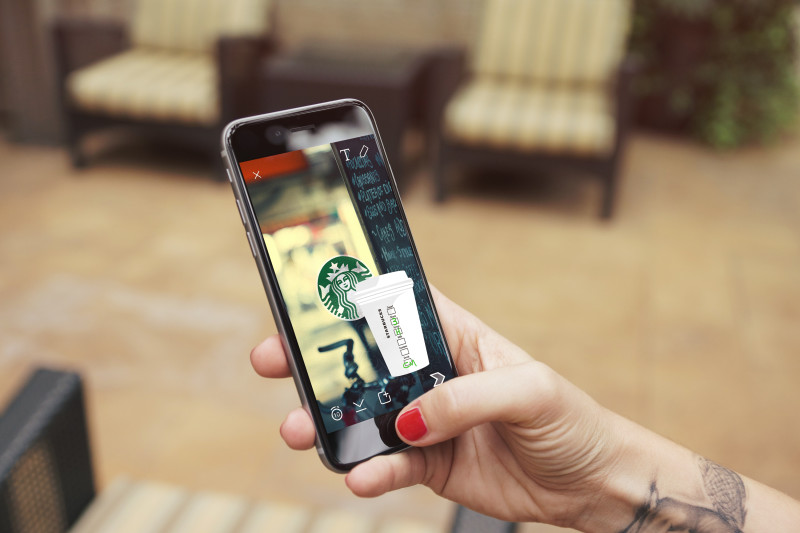practice The chief: How Starbucks Is Dominating mobile Commerce
having a look to step up your mobile strategy? Columnist Aaron Strout explains why it’s essential examine a couple of things from Starbucks.

If any person had informed you 10 years in the past that a espresso company out of Seattle would lead the cell revolution, you almost certainly would have laughed. while peddling espresso is hardly an old World craft, it has become synonymous with low tech (not to point out donuts and bagels) over time.
but in cellular commerce, retail behemoth Starbucks is dominating in 2015.
virtually Double Digital revenue From cellular sales? yes, Please!
i discussed Starbucks as as a shining example of “frictionless commerce” in an article final 12 months, touting the truth that 10% of its 2013 annual income used to be coming via its mobile app (much more spectacular given the truth that the app must be connected to a Starbucks loyalty card).
Now, two years later, Starbucks CEO Howard Schultz has stated that 18% of all transactions are coming from cellular, a number that is more likely to climb with the brand new mobile “order and pay” functionality it’s piloting with 4,000+ outlets.

whereas i’m not an important proponent of most firms developing their very own mobile app, Starbucks (like Walmart) has evidently found out the formula for a successful engagement instrument that is not only using earnings but in addition in-retailer site visitors.
Given the fact that most firms don’t sell nice coffee (my personal bias) OR have 21,000+ retail outlets global, the query being raised is what can businesses, large and small alike, examine from Starbucks’ success?
having a look back to seem forward
Some would possibly to find it ironic that it wasn’t too long ago — 2008 to be precise — that Starbucks obtained slightly too “over its skis” when it started getting somewhat too track- and merchandise-satisfied.
CEO Schultz came back from retirement (He was nonetheless chairman, so now not totally out of the picture) after stepping down in 2000 and used to be slightly public about the fact that the espresso large had gotten away from what had made it nice — i.e., great espresso and a “1/3 space,” or at ease position that used to be neither one’s home nor place of job.
With Schultz’s epiphany came a huge retooling of the retail stores, what it bought, and where it was once focusing its energies. The company removed many of the music and merchandise it was once featuring in its outlets and obtained back to that includes its espresso, and for the first time, nice pastries and different snacks after shopping for La Boulange bakery and implementing a plan to source meals in the community.
at the related time it was streamlining store house, among the Starbucks throughout the globe also underwent bodily makeovers, creating a more inviting area, better ambiance and less muddle. in addition they began providing free WiFi — something that inspired its clients to stick round versus leaving after eating their favorite scorching or iced beverage.
thinking cellular First
As I sit in Starbucks writing this text, i can’t assist however call to mind what an ideal job the corporate has accomplished with its cell-first approach to enticing with its clients. to paint an image, here are two lists — the primary of what it’s doing smartly and a 2nd of the place it nonetheless has room to strengthen.
- What’s working neatly is the power to:
- find nearby retailers in line with your vicinity after which navigate to these outlets the usage of one among your maps purposes
- download receipts and add tips in your barista
- test actual-time balances and reload cards (dynamically or manually)
- Order drinks and meals proper from your app. (Starbucks is piloting this now in four,000 stores):
- you can decide the shop you wish to have to order from (listing is generated in accordance with our location).
- It also tells you how long it will take to your order to be prepared.
- most importantly, which you can share the truth that you ordered by means of your favourite social channel. (This won’t matter in 365 days, however for now, it’s a great way to spread the phrase.)
- download free tune and apps
- monitor and use vouchers totally free food and drinks (earned after every 12 purchases)
- Use ApplePay
- Areas the place there may be room for improvement include the ability to:
- Have a digital billboard within the retailer or on your cellphone telling you what number of orders are in entrance of you
- for individuals who don’t need to pre-order, an indicator of reasonable wait time (much like many DMVs) on the cellular app
- more uncomplicated process for ApplePay and higher in-store coaching (an issue for many retailers)
- provide unique comments to native retailer managers or to corporate
- not must buy a bodily loyalty card to initiate the cell app cost course of
whereas there are other brands like Chipotle and Wendy’s which might be doing a excellent job with their cell experiences, lots of of others are nonetheless stumbling. As i mentioned in my most contemporary put up about being mobile first, too many corporations try bolt on a mobile experience rather than re-engineer an experience that a lot of their younger consumers aren’t best requesting however will require over the next few years.
whether or not you love Starbucks or now not, the company is value learning. And don’t simply take my phrase for it, take a look at its return on funding. A mobile strategy that’s using just about 20% of transactions can’t be all improper, can it?
Some opinions expressed in this article may be those of a guest author and not necessarily advertising and marketing Land. group of workers authors are listed here.
(Some images used underneath license from Shutterstock.com.)
marketing Land – web advertising news, strategies & guidelines
(140)

